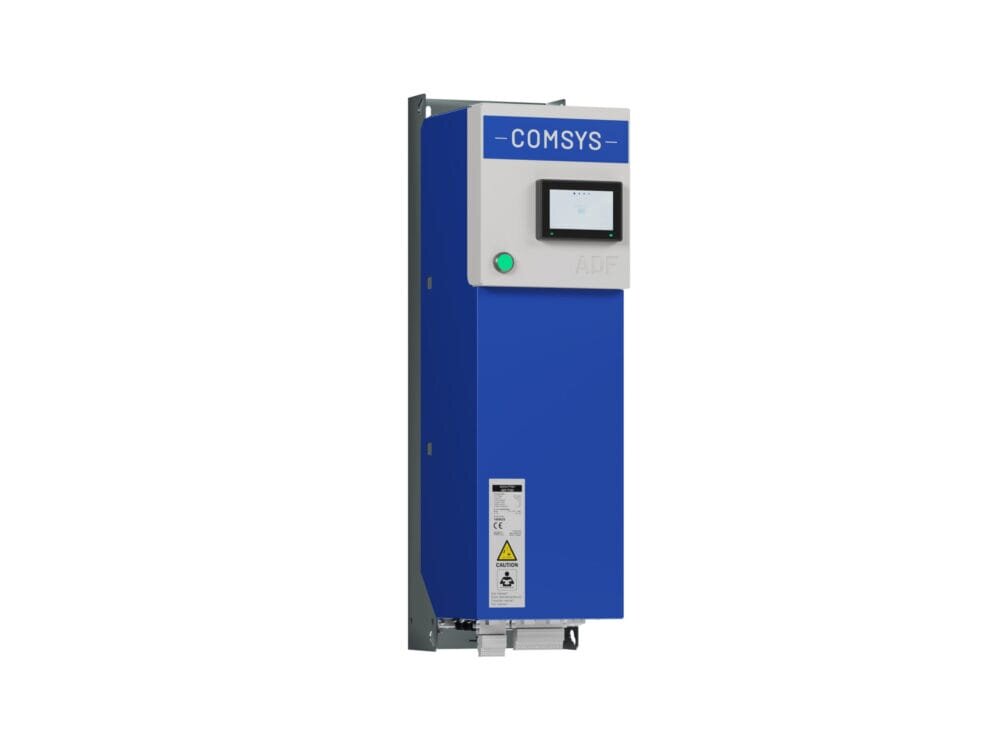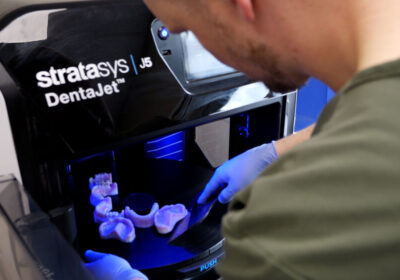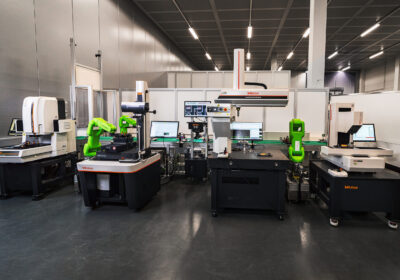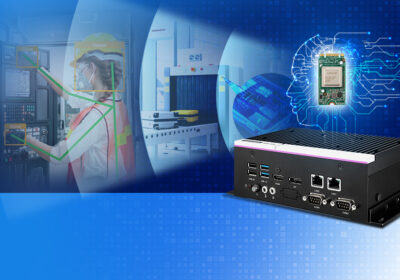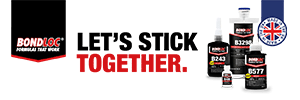Energy efficiency is a concern for industrial facilities, with around 66% of manufacturers taking steps to improve energy efficiency at their site — that is, according to a recent survey by the UK Government. However, another concern is power quality and the need to reduce harmonics. So, how can operators balance the two? John Mitchell, global sales & marketing director at CP Automation, explores.
According to the survey, manufacturers are making various improvements to boost energy efficiency. These include investing in building improvements, encouraging cultural and behavioural changes, and replacing industrial equipment. Many operators have tried to optimise energy efficiency and power quality by installing variable speed drives (VSDs). These sit in front of motors, controlling their speed and torque while providing good power factor.
Though effective, standard 6-pulse VSDs distort the sine wave, which creates harmonic distortion — another headache for operators. A standard pulse drive with no in-built harmonic mitigation can easily impact neighbouring equipment, reducing equipment life and causing unexpected downtime. There is also no regen function, and operators will typically divert the energy from the drive and dump it into a resistor — wasting it as heat. This is the worst of both worlds.
The value of modularity
By taking a modular approach, operators can gradually retrofit and replace regen and harmonic mitigation solutions when needed. Also, when the drive no longer works, they can simply replace it without needing to re-engineer the entire solution. This provides valuable cost savings and reduces the time that equipment is out of action.
When using a modular approach, operators have a few options. For example, they could install a passive harmonic filter in front of the drive instead of the choke. This will reduce the total harmonic distortion (THDi) to <5% even in an unbalanced system, unlike single-stage passive harmonic filters. Or, they can add an active harmonic filter and achieve the same result.
Another option is adding a regen unit to complement the brake resistor (keeping the resistor for redundancy or a grid outage during regen) and connecting it on the DC bus directly rather than the brake chopper terminals. Once installed, this will divert energy from the motor back into the system, so it can power other applications on site. Consequently, the site will draw less power from the grid, bringing energy bills down.
AFE solutions
Rather than taking a modular approach, some operators may opt for an active front-end (AFE) drive — often seen as an all-in-one solution. AFE drives use insulated gate bipolar transistors (IGBTs) instead of diode-based rectifiers to convert the alternating current (AC) to direct current (DC). The IGBTs turn on and off rapidly, allowing for precise control of the input current waveform and a smooth AC current to pass into the drive.
However, substituting diodes for IGBTs can result in unwanted energy losses. While diodes are almost lossless, IGBTs are vulnerable to current and switching losses, which occur when the rectifier is transitioning between the ON state and the OFF state and vice versa. This can add an extra 2% in losses when operating below full load, which is often not accounted for.
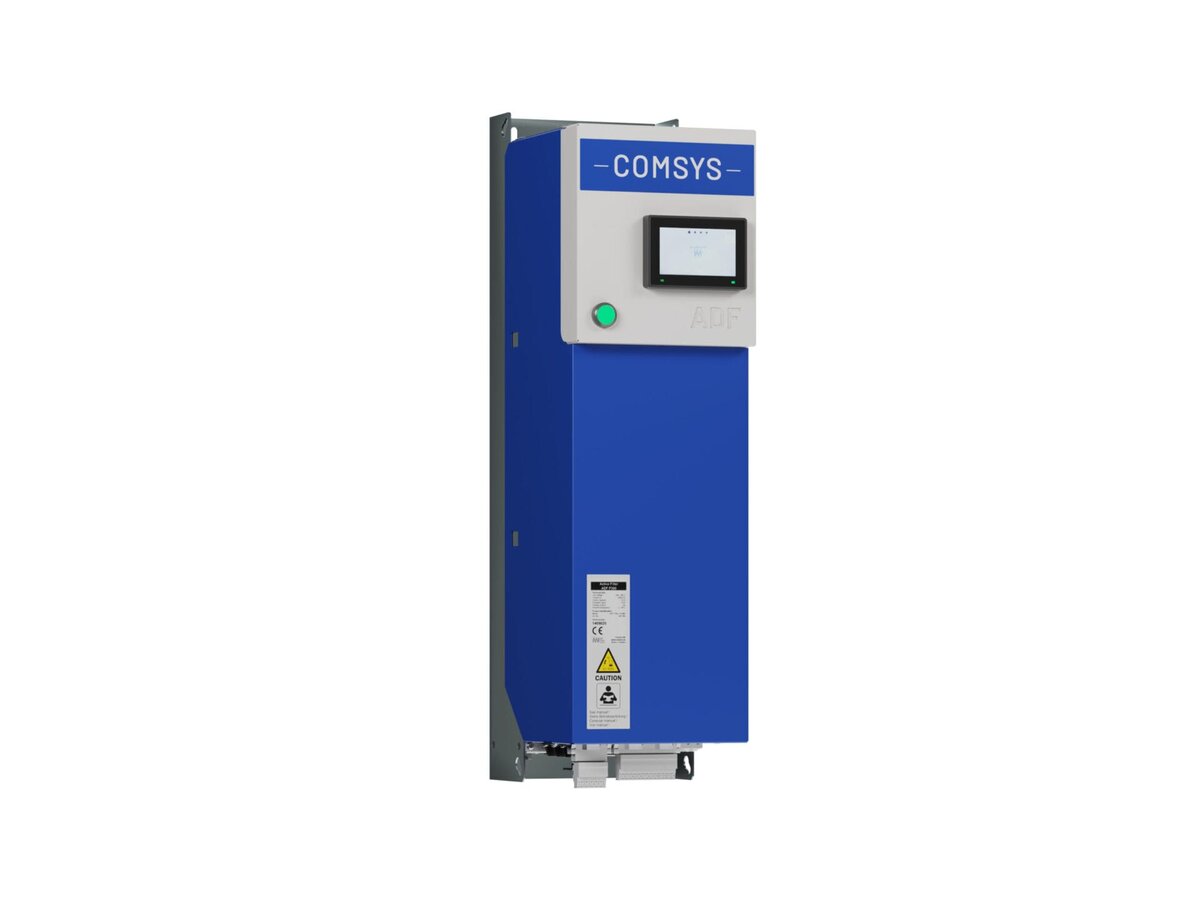
Beware the hidden costs
In our experience, operators often overlook the hidden costs associated with power quality, focusing instead on the upfront costs of the AFE, harmonic filter or other solutions. One example is the time it takes to get all the equipment up and running along with the time to migrate. Sometimes, an AFE unit may be faster to install since it’s an all-in-one solution, but if replacement parts are hard to acquire and take weeks to arrive, this could negatively impact productivity.
Meanwhile, if the operator takes a modular approach, they should be able to replace the regen unit or harmonic filter without halting the running of the 6-pulse drive — they can remove and then reinstall it once the replacement arrives. Likewise, they can replace the VSD with any OEM version as the regen unit and harmonic filters are universal.
Power quality and energy efficiency are both growing concerns for industrial facilities and balancing the two can be a challenge. There are two main options: equip a 6-pulse drive with the necessary solutions or go for an all-in unit like an AFE. Both approaches have their merits and disadvantages, and the choice will depend on the application’s needs.
Need help discussing options or reducing harmonics or improving energy efficiency on your site? Contact CP Automation’s power quality support team for more information.

